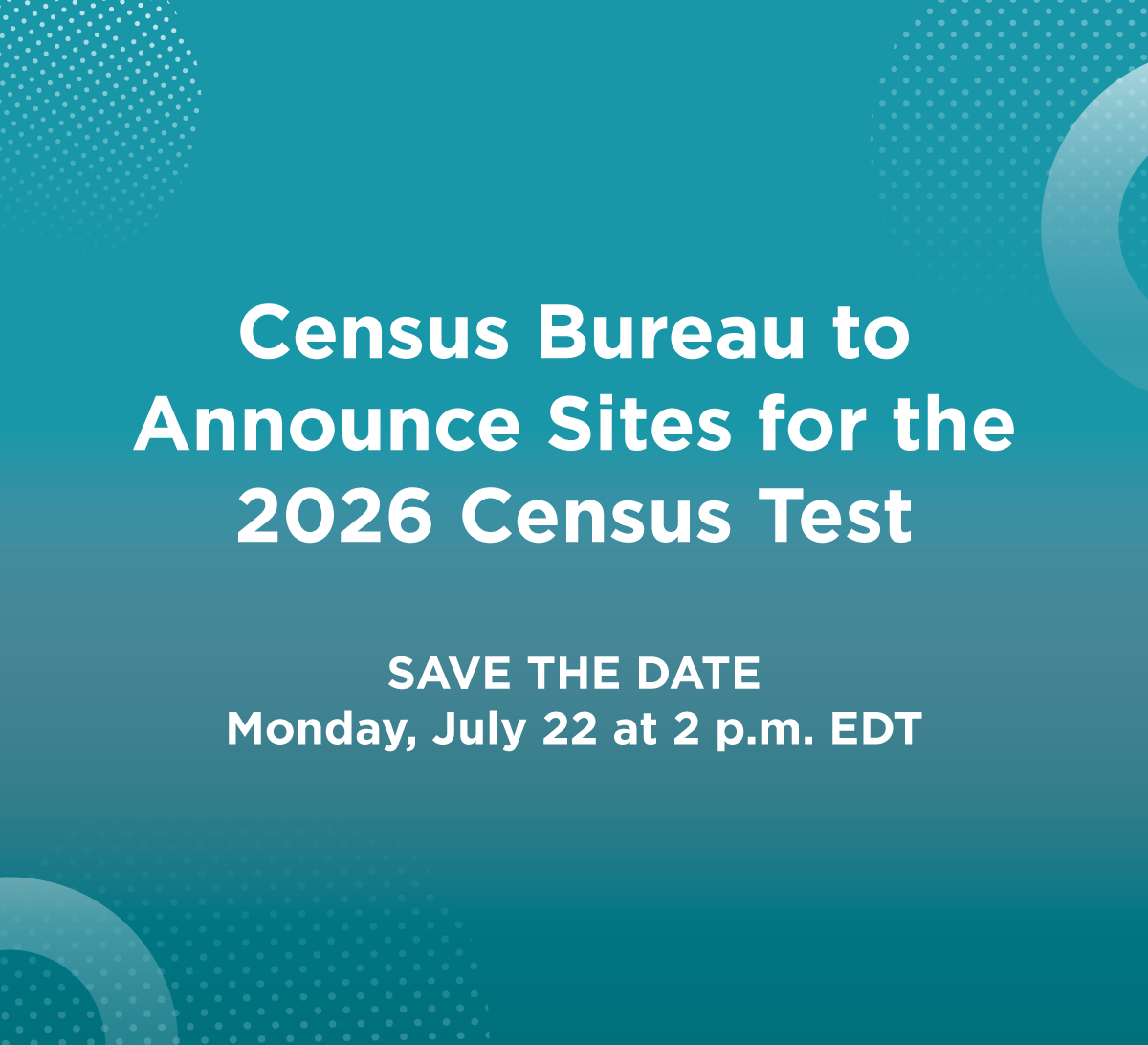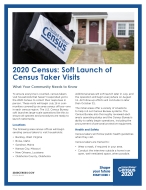
An official website of the United States government
Here’s how you know
Official websites use .gov
A .gov website belongs to an official government organization in the United States.
Secure .gov websites use HTTPS
A lock (
) or https:// means you’ve safely connected to the .gov website. Share sensitive information only on official, secure websites.
- Español / Spanish
- العربية / Arabic
- 中文(简体) / Chinese (Simplified)
- 中文(繁體) / Chinese (Traditional)
- Français / French
- kreyòl ayisyen / Haitian Creole
- 日本語 / Japanese
- 한국어 / Korean
- Język Polski / Polish
- Português / Portuguese
- Русский / Russian
- Español / Spanish
- Wikang Tagalog / Tagalog
- Tiếng Việt / Vietnamese
-
//
- Census.gov /
- Newsroom /
- News Releases /
- Census Takers to Start Follow Up With Nonresponding Households
Census Takers to Start Follow Up With Nonresponding Households in Limited Areas in July
For Immediate Release: Wednesday, July 01, 2020
Census Takers to Start Follow Up With Nonresponding Households in Limited Areas in July
JULY 1, 2020 – Today, the U.S. Census Bureau announced that it will begin following up with households that have not yet responded to the 2020 Census in a small number of locations in July. Based on the current self-response rate of 61.8%, the Census Bureau estimates it will need to visit approximately 56 million addresses to collect responses in person. Because of the scale of this operation, the Census Bureau will begin the work in a few areas before operations begin in earnest across the country.
Starting July 16, census takers will begin interviewing households that have yet to respond to the 2020 Census in areas managed by the following area census offices:
- Beckley, West Virginia
- Boise, Idaho
- Gardiner, Maine
- Kansas City, Missouri
- New Orleans, Louisiana
- Oklahoma County, Oklahoma
Between July 1 and 2, several Census Field Supervisors will make contact with about 80 households in a limited geography — within the Boise ACO and Nashville ACO — to ensure readiness of systems and processes for the soft launch which is scheduled for July 16.
In subsequent weeks the Census Bureau will announce additional census offices as it prepares to begin enumeration activities nationwide. The majority of census offices across the country will begin follow-up work on August 11. All offices will conclude work no later than October 31.
Households can still respond now by completing and mailing back the paper questionnaire they received or by responding online at 2020census.gov or by phone at 844-330-2020. Households can also respond online or by phone in one of 13 languages and find assistance in many more. Those that respond will not need to be visited to obtain their census response.
What Households Can Expect
Census takers will follow local public health guidelines when they visit. If masks are required in the area, census takers will wear them. Census takers must complete a virtual COVID-19 training on social distancing protocols and other health and safety guidance before beginning their work in neighborhoods.
Census takers are hired from local communities. All census takers speak English, and many are bilingual. If a census taker does not speak the householder’s language, the household may request a return visit from a census taker who does. Census takers will also have materials on hand to help identify the household’s language.
If no one is home when the census taker visits, the census taker will leave a notice of their visit with information about how to respond online, by phone or by mail. People are encouraged to cooperate with census takers and ensure that everyone who was living in their household as of April 1, 2020, is counted.
How to Identify Census Takers
Census takers can be easily identified by a valid government ID badge with their photograph, a U.S. Department of Commerce watermark and an expiration date on the badge. To confirm a census taker’s identity, the public may contact their regional census center to speak with a Census Bureau representative.
How Are These Offices Selected for the Early Start to Deploying Census Takers?
Career Census Bureau operational leadership makes the decision on when and where area census offices will begin following up with households that have not yet responded to the 2020 Census. As part of the selection criteria, we ensured these offices offered a variety of situations to help roll out the systems. We also followed a thorough review of the operating status of a state, locality or tribal area; the key data that support that operating status as identified by federal, state and local guidance; and the ability of Census Bureau staff to safely resume operations, including the procurement of personal protective equipment.
About the 2020 Census
The U.S. Constitution mandates a census of the population every 10 years. The goal of the 2020 Census is to count everyone who lives in the United States on April 1, 2020 (Census Day). Census statistics are used to determine the number of seats each state holds in the U.S. House of Representatives and informs how billions of dollars in federal funds will be allocated by state, local, and federal lawmakers annually for the next 10 years.
For more information, visit 2020census.gov.
Tip Sheet Only. No news release is associated with this product.
###
Share
Contact
 Yes
Yes
 No
NoComments or suggestions?


Top



